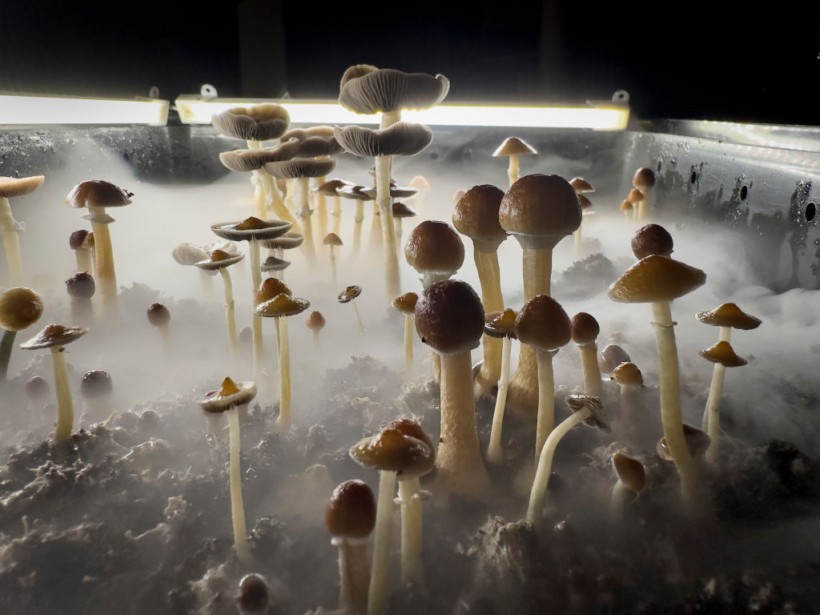Fungal infections are a serious and growing health problem that affect millions of people around the world.
Fungi are microscopic organisms that can cause infections in various parts of the body, such as the skin, nails, lungs, and blood.
Some fungal infections can be life-threatening, especially for people with weakened immune systems, such as those with HIV/AIDS, cancer, or organ transplants.
Unfortunately, there are only a few antifungal drugs available to treat fungal infections, and many of them have serious side effects or are becoming less effective due to the emergence of drug-resistant fungi.
Therefore, there is an urgent need for new and better antifungal treatments that can target a wide range of fungal pathogens without harming human cells.
A novel antifungal molecule from nature
 (Photo : John Moore/Getty Images)
(Photo : John Moore/Getty Images)

A team of researchers from the University of Oklahoma has recently discovered a novel antifungal molecule that may offer a potential solution to this challenge, as per Phys.org.
The molecule is called persephacin, and it was isolated from a fungus that lives inside a plant. The researchers published their findings in the Journal of Natural Products on August 7th.
Persephacin belongs to a class of natural compounds called indole alkaloids, which are known to have various biological activities, such as antibacterial, anticancer, and antiviral properties.
However, persephacin is the first indole alkaloid that has been shown to have antifungal activity.
The researchers tested persephacin against 16 different fungal species that cause human infections, such as Candida albicans, Aspergillus fumigatus, and Cryptococcus neoformans.
They found that persephacin was able to inhibit the growth of all these fungi at low concentrations, ranging from 0.5 to 8 micrograms per milliliter.
Moreover, persephacin was able to kill the fungi by disrupting their cell membranes and causing leakage of their contents.
The researchers also tested persephacin against human cells to evaluate its toxicity and selectivity. They found that persephacin was relatively non-toxic to human cells, with a median lethal dose (LD50) of 128 micrograms per milliliter.
This means that persephacin is more than 16 times more toxic to fungi than to human cells, indicating a high degree of selectivity.
Also Read: Microscopic Fungus Causes Skin Infection, Population Decline in Frogs
A promising candidate for drug development
The researchers suggested that persephacin is a promising candidate for developing new antifungal drugs that can treat a broad spectrum of fungal infections with minimal side effects, as per ScienceDaily.
They also suggested that persephacin may have other applications, such as preventing fungal contamination in food or agriculture.
However, the researchers acknowledged that there are still many challenges and questions to be addressed before persephacin can be used as a drug.
For example, they need to determine how persephacin works at the molecular level, how it interacts with other drugs or substances in the body, how it can be synthesized or produced in large quantities, and how it can be delivered or administered to patients.
The researchers hoped that their discovery will inspire more research and innovation in the field of antifungal drug discovery and development, and that their discovery will contribute to improving the health and well-being of people who suffer from fungal infections.
Related article: Climate Change: Fungal Infection, Valley Fever Cases Uptick Culprit
© 2024 NatureWorldNews.com All rights reserved. Do not reproduce without permission.

![Tsunami Hazard Zones: New US Map Shows Places at Risk of Flooding and Tsunamis Amid Rising Sea Levels [NOAA]](https://1471793142.rsc.cdn77.org/data/thumbs/full/70325/280/157/50/40/tsunami-hazard-zones-new-us-map-shows-places-at-risk-of-flooding-and-tsunamis-amid-rising-sea-levels-noaa.jpg)



